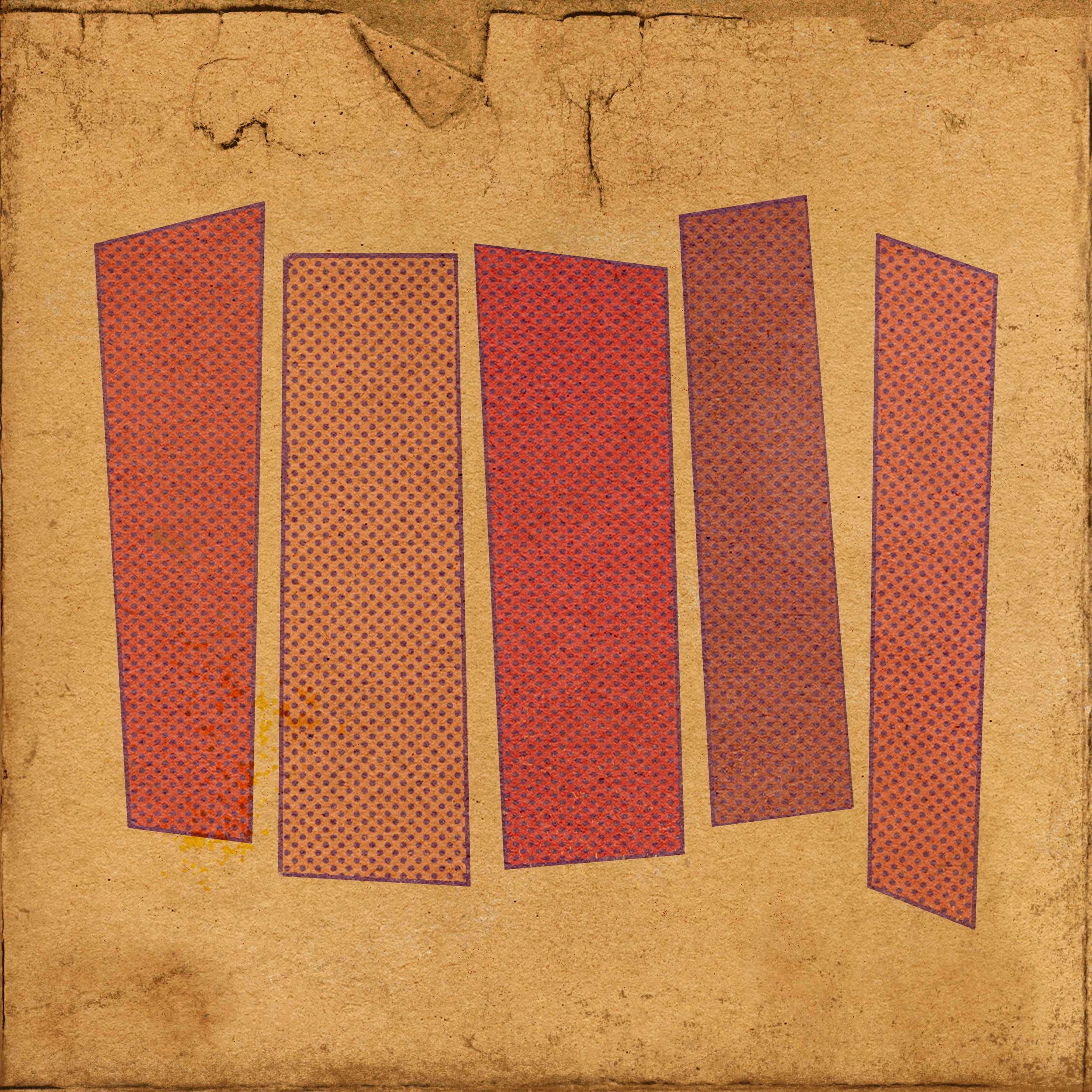
Aaron Wyanski
SCHOENBERG: Sechs kleine Klavierstücke, Op. 19
SPECREC:001
“I wish to join ideas with ideas.” - Arnold Schoenberg
Schoenberg and I meet in a time after his own, and before mine.
In this world, Schoenberg lives a bit longer—into the late 1950s. A time when new stereo hi-fidelity audio became a fixture in middle class homes across America. Albums were being marketed around how unique the sounds on it were, whether that was in the exotica of Martin Denny, the afrofuturism of Sun Ra, the self-conscious progressivism of Stan Kenton, or the extreme eclecticism of Esquivel. New sounds for a new commodity: the stereo LP.
Speculation was in the air. Record companies were speculating on new markets. Artists were speculating on what music sounded like on Saturn, or how nursery rhymes might work as a cha-cha, or the best way to incorporate early electronic instruments. The stereo image—where sounds are placed in separate left and right channels—is also a kind of speculation, as no matter how realistic the mix, there is no physical space that corresponds to the exact aural perspective on an album. Many albums of the era lean into this spacial surrealism with relish.
The now-vanished job of this era that I romanticize the most is studio arranger. Though I have always loved performing, and later grew to love composition, I’ve always been more interested in arrangement. I want to look at musical material again and again, through as many lenses as possible. This is one of the reasons for my passion for common practice jazz. I’m fueled by a fervent desire to hear how any rhythm section handles a medium-slow blues.
Schoenberg lived in Los Angeles for many years. I’m sure he saw the Capitol Records building. As a teenager in the late 1990s, I devoured every new Capitol compilation in their Ultra-Lounge series. At the time I rejected all music that wasn’t jazz. But I loved and understood this branch of pop music from a time when the lines between jazz and pop were often blurred.
What if someone at Capitol had run into Schoenberg? There was already a sub-genre of “swinging the classics” and the moniker “emancipator of the dissonance”—a speculative fiction of Schoenberg’s own creation on the necessity of atonality—could have come directly off an album cover from 1957. To most mid-century Americans, the sound world of the Second Viennese School would be new sounds. (Actually that’s not quite true—they would have a sort of unfamiliar familiarity from the tortured sounds in film scores.) It is highly unlikely, but possible, that a hypothetical Capitol Records executive could have been taken with the idea to tap into this repertoire. They were already selling “the modern.” Why not try to sell a central figure in musical modernism? In this speculative reality, the discourse surrounding Schoenberg, rather than coming from obscure theorists and serial composers in academia, comes from record company copy writers and cocktail party conversations. To put it another way: what if Schoenberg had become cool?
My own experience was unique. Schoenberg was the first non-jazz musician that I felt a strong connection with. I first heard him while in my “all classical music is bad” phase and it blew my mind so completely that I had to admit I must to be wrong about classical music, a confession that prompted a reassessment of the western canon as a whole. Many music students associate Schoenberg with something that is in some way forced on them. But for me it was a priceless gift. Years later I would play most of his piano music, creating a deeper bond with the music. Being inside this music has been one of the most influential experiences of my life. Returning to this body of work as a fictitious mid-century studio arranger has been some of the most fun I’ve had making music. I’ve started with Op. 19 and will release arrangements of the rest of the piano music over the next year.
I’ve always found Schoenberg’s music beautiful, compelling, and fun. Definitely not the exclusive property of horror soundtracks. In my alternate universe, this is a series of albums that create a different point of entry into atonality. Of course these works need no translation, but, as with any act of translating, much is revealed about all the parties involved. I set strict rules for myself: I can’t change or add any notes, excepting the kinds of doublings one would expect in any orchestration. I can nudge rhythms to fit the genre, but never in a way that affects the counterpoint. This is Schoenberg’s music—which somehow thrives under the translation in wonderful and unexpected ways.
Analysis is a creative act. I’m happy to talk all you want about why Schoenberg’s music is great. We can even dive as far into set theory as you desire if you’re compelled towards rationalization. But I’m more excited to show you through the music itself. I call this speculative musicology.
credits
releases July 28, 2023
Arrangement and Realization: Aaron Wyanski
Mixing and Mastering: Aaron Wyanski
Cover Art: Aaron Wyanski
Special Thank You: Don DiNicola
©2023 Speculative Records
